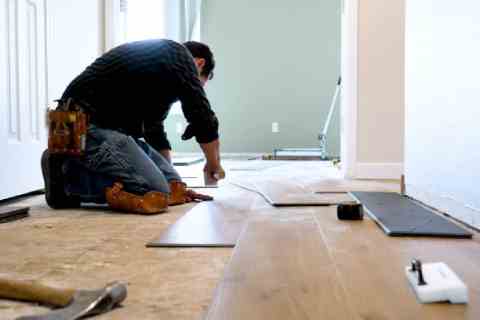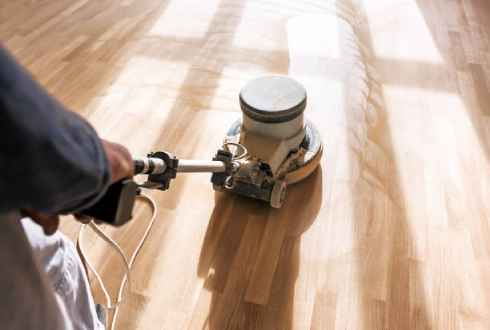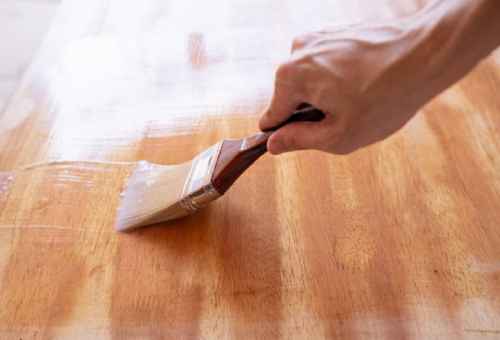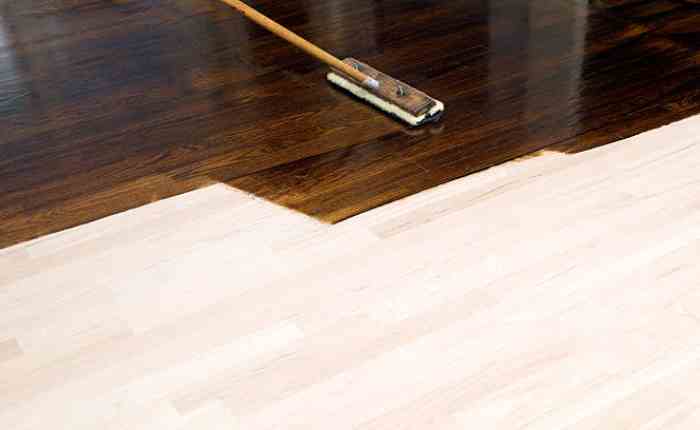Refinishing hardwood floors is a big job that takes time and patience, but the results are worth it. Regular refinishing will keep your wood floors looking beautiful and will reduce the need for costly replacements.
There is no best time to refinish, but it should be done when the weather will be warm and dry. Bona refinishers use dustless sanding equipment to lessen the impact on your home.
The Process

Hardwood floors are a beautiful addition to any home, but they can lose their shine after years of wear and tear. Refinishing your hardwood floors is a time-consuming, messy process that restores their natural beauty and protects them from damage in the future.
Solid wood floors can be refinished up to 10 times before they need to be replaced. Engineered wood floors can be refinished less often.
To begin, the floor must be sanded down to remove the old finish. The sander must be used with the proper safety gear and enough space to work to avoid damaging the boards. Then the bare wood must be cleaned and prepared for staining and varnish. Stain can be either water-based or oil-based. Varnish is typically a polyurethane, but some homeowners choose acid cured finishes.
Preparation
The first step in the hardwood floor refinishing in Lorain process is to clear out the room. This includes removing furniture and moving houseplants to another area. It’s also a good idea to apply plastic sheeting to doors to keep dust from spreading throughout your home.
You’ll then vacuum the floor and wipe it down with a damp cloth to remove dirt and debris. It’s important to make sure the floors are as clean as possible, because you’ll be applying a new finish that needs to bond with the wood and hold up to foot traffic.
You should also decide whether you want to resurface or refinish your hardwood floors. Resurfacing is a less expensive option but will not change the color of your floor. Refinishing involves sanding the current finish and staining, and can significantly alter the look of your rooms.
Sanding

Some floors need a more aggressive refinishing process than others. Aggressive sanding can be used on solid hardwood, but it is not a good idea for engineered wood floors. These floors have a hardwood veneer layer glued over a core of plywood or another manufactured wood product. Aggressive sanding can remove the top layer of the veneer, leaving the core underneath exposed.
Use a drum sander to do the main pass over your floor, followed by an edge sander for hard-to-reach areas like corners and edges. After sanding, wipe the entire surface down with a lint-free cloth or rag and make sure there is no dust left on the floor.
You can stain your refinished floor or leave it natural. Lighter colors show less dirt, are easier to keep clean & last longer than dark stains.
Staining
A new stain will give the hardwood floors a renewed appearance. Stains come in a variety of colors & lusters. They also protect the wood from future damage & stains.
If major scratches, gouges or dents are present it is time to refinish the hardwood floor. During refinishing the dents are filled in & the surface of the floor is smoothed.
The refinishing process can be done with a dustless sanding machine to reduce the amount of dust. However the process can still be messy & you will need to move your furniture out of the way.
The stain is then brushed on & allowed to dry. Then 2-3 coats of polyurethane are applied. The polyurethane can be either water based or oil-based. We recommend using a low-VOC polyurethane.
Varnish

Refinishing your hardwood floors doesn’t just make them look better. It also protects them from future damage. Varnish is made of oil (usually linseed) that dries to a hard coating that shields the wood from moisture & dirt.
This varnish is often applied in several coats & then buffed, vacuumed & wiped down between coats. This is called “sandless refinishing.”
Conclusion:
After the floor is sanded & stained the owner can choose any stain color for their flooring. Lighter colors, especially natural, show less dirt & last longer than darker stains. Whether your floors are refinished or resurfaced, it is wise to paint the walls afterward. This will avoid accidentally scuffing the walls with the sanding process. You can also tack baseboards into place at this point.

Denise Moreno is a business consultant. She teaches people how to start a business. She tries to understand her client her own thought, tricks and show the possible way to start a business. She worked with hundreds of clients and made them successful. She earned his degree in the University of South Florida. Lynn is her husband’s name. They got married in 2009. They have two girls. Both of them have a passion for travel.

